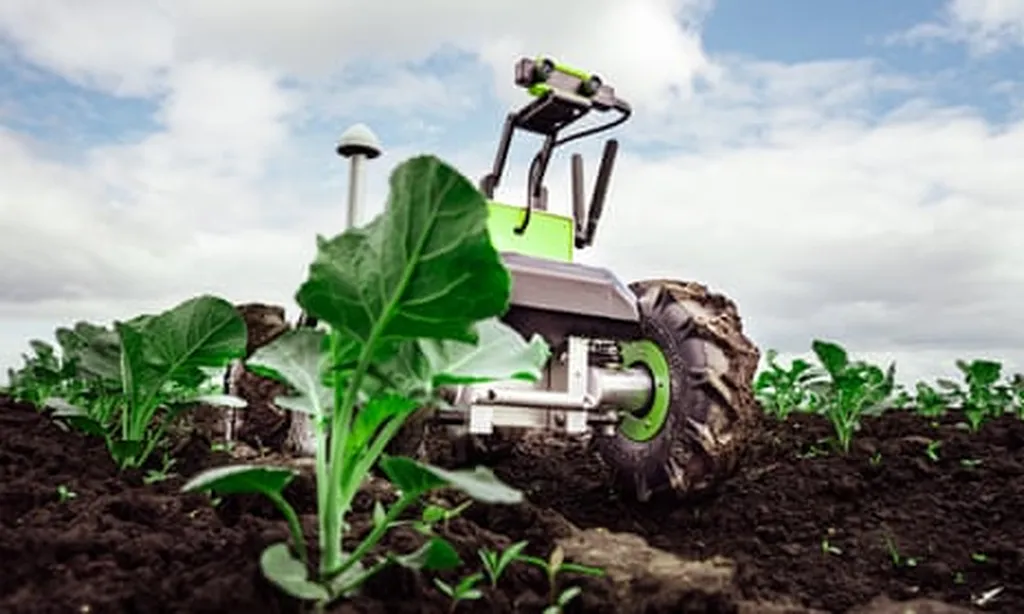In the ever-evolving landscape of agriculture, technology is playing an increasingly pivotal role. One such innovation making waves is the robot tractor, and Dutch arable farmer Marijn Vermuë has been at the forefront of this technological shift, sharing his experiences with the AgXeed AgBot at a recent demonstration by the National Experimental Garden for Precision Farming (NPPL).
Vermuë has found several advantages to working with the robot tractor. Labour savings are perhaps the most immediate benefit, with the robot taking on tasks that would otherwise require human effort. The machine operates with remarkable precision and consistency, a trait that Vermuë appreciates. It doesn’t complain about working through the night or dealing with the bumps and turns of crosswise or diagonal field work. Additionally, the robot tractor generates a wealth of field data, providing Vermuë with valuable insights into his operations.
However, the transition to robotics hasn’t been without its challenges. Vermuë has had to adapt to a new way of working. Spontaneous small jobs are no longer feasible; everything now requires meticulous planning. He must ensure that all field and machine data are accurately recorded so that the robot can efficiently enter the field. If unexpected deliveries, such as loads of compost or farmyard manure, arrive in a field, they must be digitally logged to avoid surprising end results. Dust has also posed some issues, occasionally causing problems with engine cooling and sensors. These hurdles are part of the learning curve that pioneers like Vermuë and AgXeed are navigating.
Despite these challenges, the consensus is that robotisation in agriculture is here to stay and will continue to improve. The industry is also looking forward to the arrival of smart implements, which will further accelerate this technological shift. Vermuë has already tested a smart Amazone cultivator, noting the plethora of sensors and wires that transform a seemingly simple implement into a sophisticated piece of technology. While these details are still being fine-tuned, the progress made so far is reminiscent of the introduction of the electronic hitch some 75 years ago—a technology that, after an initial adjustment period, became an indispensable part of farming.
The implications of these advancements are significant. Robot tractors and smart implements promise increased efficiency, reduced labour demands, and improved data collection, all of which can contribute to more sustainable and productive farming practices. As the technology matures, it is likely that more farmers will adopt these innovations, leading to a broader transformation of the agricultural sector. The journey is not without its obstacles, but the potential benefits make it a path worth pursuing. As Vermuë and others continue to blaze this trail, the future of farming looks increasingly high-tech and promising.

